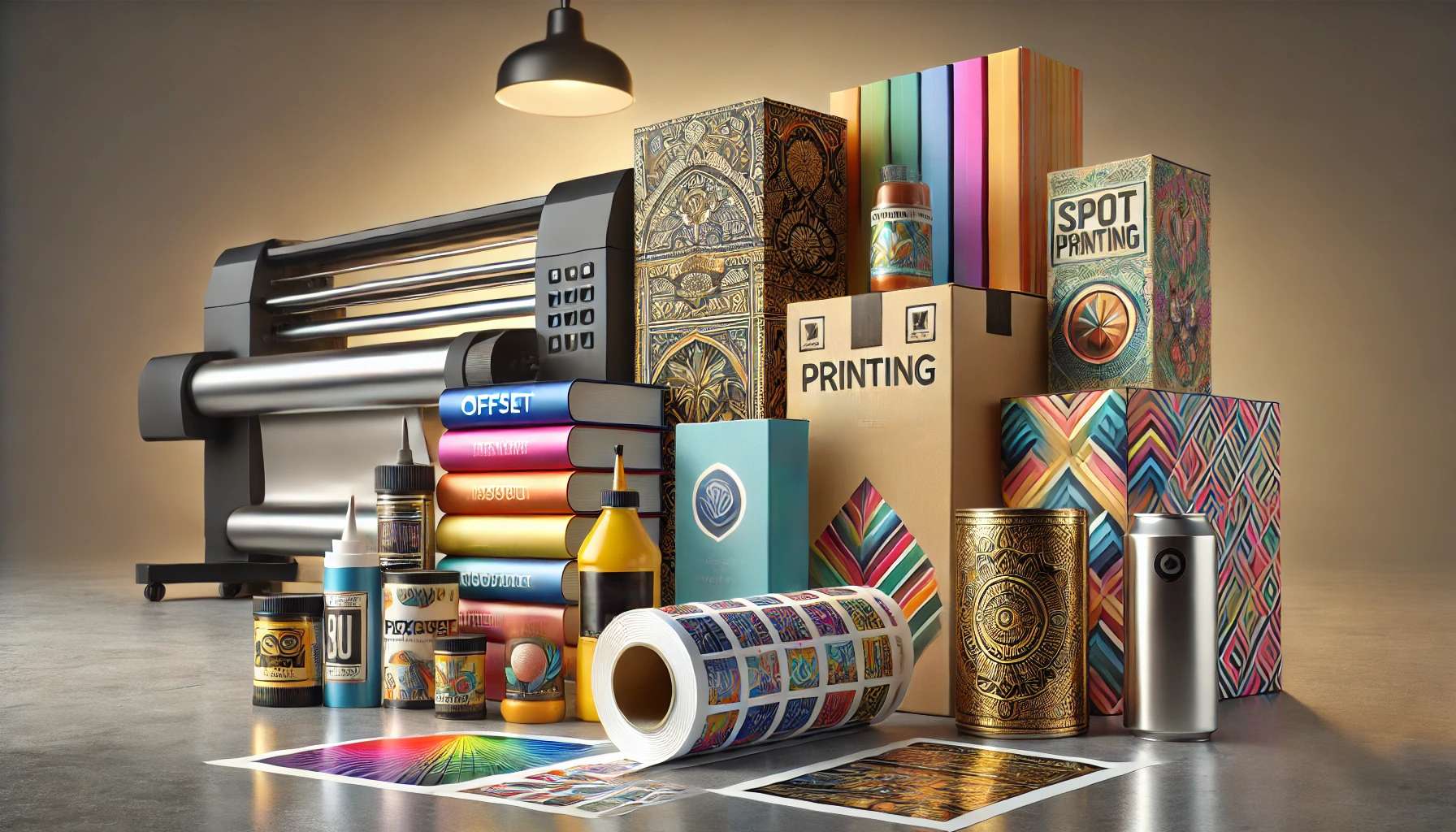BLOG
Sharon’s Packaging Thoughts
Read the Archives
- March 2014 1
- February 2017 1
- February 2018 1
- July 2018 1
- January 2020 1
- August 2020 1
- September 2020 1
- August 2021 1
- July 2023 2
- October 2023 1
- November 2023 1
- April 2024 1
- May 2024 2
- July 2024 2
- December 2024 2
- January 2025 2
- February 2025 2
- March 2025 3
- April 2025 2
- May 2025 3
- June 2025 4
- July 2025 2
- August 2025 3
- September 2025 2
- October 2025 2
- November 2025 1
Sustainability in Action
Sustainability is no longer a trend—it’s an expectation. Today’s customers are looking for brands that prioritize the environment, and packaging is one of the most visible ways to showcase your commitment to sustainability. But sustainability in packaging isn’t just about using recyclable materials; it’s about making thoughtful decisions that reduce waste, conserve resources, and align with your brand values.
Recap and Review Your Packaging
After weeks or months of planning, designing, and producing your packaging, it’s tempting to jump straight into whatever’s next. But before you press the let’s-move-on button, it’s crucial to take a step back and evaluate the finished product. A thorough recap and review process allows you to assess whether your packaging meets your original goals, aligns with your brand, and delivers the customer experience you envisioned.
How Print Production Works
Printing is where your packaging vision becomes reality. After weeks or months of design and preparation, the print production stage is what transforms your ideas into tangible packaging that customers will see, hold, and interact with. But print production isn’t as simple as hitting “print” on a computer. It’s a detailed process that requires precision, expertise, and collaboration with your supplier.
Proofing Essentials
Proofing is one of the most critical steps in the packaging process. It’s the final checkpoint before your designs move into production, ensuring that everything from colors to layout is accurate and aligned with your expectations. Without thorough proofing, errors in your packaging could go unnoticed until it’s too late, leading to costly reprints, delays, or even damaged brand reputation.
What is Production Art?
In the packaging world, there’s a big difference between design concepts and files that are ready for production. This is where production art comes into play. Production art bridges the gap between your creative designs and the technical requirements of manufacturing, ensuring that your packaging is both beautiful and functional when it comes off the production line.
Working with Dielines
When it comes to creating packaging, a dieline is one of the most essential tools you’ll encounter. Think of a dieline as the blueprint for your packaging design—it outlines where your packaging will be cut, folded, and glued, ensuring the final product comes together exactly as intended. Without a properly prepared dieline, even the most beautiful designs can fall apart during production.
Be Aware of Timelines
When it comes to packaging, timing is everything. Packaging isn’t just about choosing the right design or materials—it’s about ensuring every piece comes together on schedule. From development and production to shipping and delivery, the packaging timeline can significantly impact your product launch. Delays at any stage can disrupt your supply chain, increase costs, and cause frustration for both you and your customers.
Picking the Right Packaging Partner
Choosing the right vendor for your packaging needs is one of the most critical decisions you’ll make in the packaging process. A reliable vendor doesn’t just supply materials—they become a partner in bringing your vision to life. From ensuring the quality of your packaging to meeting production deadlines, the right vendor can make or break your project’s success.
Understanding Print Techniques
The design of your packaging is only as good as the print techniques that bring it to life. From vibrant graphics to subtle textures, the right printing process can transform your packaging into a powerful branding tool. However, not all print techniques are created equal. Understanding the basics of how printing works and which processes are best suited for your materials and design can save you time, money, and frustration.
Decide on Materials
The materials you choose for your packaging are more than a practical decision—they’re a critical part of how your brand communicates its values, ensures product protection, and appeals to your target audience. Packaging materials influence the look, feel, and functionality of your product, making them an essential consideration in your design process. Whether you’re focused on sustainability, durability, or aesthetics, the right materials can elevate your packaging and create a lasting impression on your customers.












